Most modern classics need a wealth warning but it’s fair to say the value of a sound Peugeot 205 GTi 1.6 or 1.9 is only going one way, and it isn’t down. For now at least, starting prices for clean runners have settled at around £4000. (We found a tidy 1989 1.6 with 113,000 miles, new parts and a long MOT for £4k.)
From here, they go all the way to £43,000 for a one-owner 1991 1.6 with 17,000 miles. In 2017, everyone was in a tizz about a 1989 1.9 with 5726 miles that fetched £38,480 at auction. The year before, the record was £31,000. You see our point?
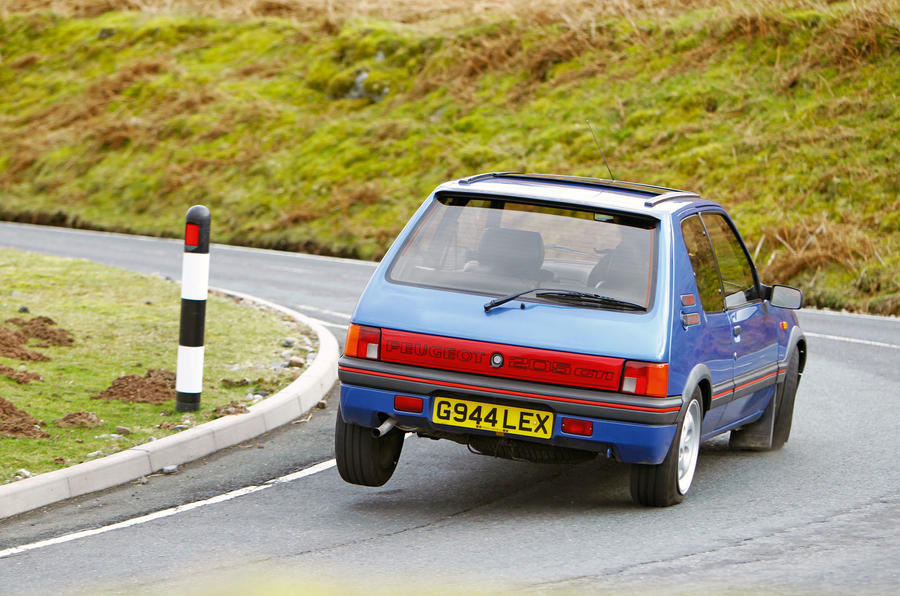
Fortunately, around £5000 to £8000 should be enough for a solid GTi and £12,000 to £15,000 buys a good, low-mileage car with history.
Having bought your GTi, however, don’t think you’ve got a classic you can run on a shoestring. As Martin Thompson of Peugeot Racing Developments explains, a 205 GTi requires continual attention.
“A 205 won’t look after itself,” he says. “You’ll find yourself tinkering, renewing, upgrading…”
He should know. He has a 6.0 V12 GTi and another powered by a Renault Mégane RS Mk2 2.0 turbo engine. Some owners replace the 205’s 1.9 eight-valve engine with the closely related 1.9 16v Peugeot 405 Mi16 unit, with 158bhp. In 2012, GTi specialists Pug1Off released a 195bhp version powered by an uprated 2.0-litre 16v engine from the Peugeot 306 GTi-6. They still have plenty of donor engines and ’boxes available.
The 205 GTi was launched in 1984, powered by a 1.6-litre engine, which made 103bhp. Not much by today’s standards, but the little car weighed just 850kg. Two years later, in 1986, power was increased to 113bhp, but at the same time, the kerb weight swelled to 900kg, blunting the car’s performance slightly. For this reason, the first version is the purist’s choice.

Also in 1986, the 1.9 was launched. It produced a modest 124bhp (later versions with a catalytic converter dropped to 120bhp), but thanks to the engine’s increased stroke, it was torquier. The 1.6 feels revvier, but being eight-valve affairs, both have bags of go from the start.
To handle the increase in performance – a healthy example can do 0-62mph in 7.8sec – the 1.9 has disc brakes all round. The 1.6 gets discs at the front but makes do with drums at the rear. If testing an early 1.9, feel for driveline shunt in stop-start traffic. It’s nothing serious and a fuelling tweak fixes it.
The 205 was galvanised but it was a fairly hit-and-miss process, with some cars being better protected than others. Thompson reckons that, generally speaking, 1991 J-reg 205s rust the least and 1988 F-regs suffer the worst. Whatever the year, check the doors, sills, headlights and boot floor for the crumbly stuff.

We often sign off these guides frivolously urging you to buy now, and in the case of the 205 GTi, we make no apologies for encouraging you to do so. Really, it’s that good.
An expert’s view
Martin Thompson, Peugeot Racing Developments: “I got my first 205 GTi at 19 and was hooked. I’m 37 now and I’ve owned 20. Part of its secret is its lightness. It’ll fold up in a crash, but keep out of trouble and it’s a blast. I’d have a 1.9 over the 1.6 for its power and torque. It’s got slightly longer gearing so is a better motorway car, too, but the 1.6 is great on back roads. A popular upgrade is to fit a 16v Mi16 engine from the Peugeot 405. I’ve fitted two Peugeot 3.0 V6s to one of mine: one at the front, one at the back.”
Buyer beware…
Engine: Check the exhaust manifold for cracks. Poor idle suggests a failed airflow meter. Check the coolant for signs of a failed head gasket. Listen for big end bearings knocking or droning. A dry bearing sound or a ticking could be a failed cambelt tensioner. The belt and water pump need changing every four years.

Oil issues: Oil starvation is an issue so keep an eye on the pressure gauge. It can be caused by a non-Peugeot oil filter, the oil pump being blocked with old gasket or, in the case of worn cams, buckets and lobes, by blocked oil spray bars. Look for leaks at the back of the sump. A new gasket should fix it. Oil smoke on start-up is worn valve stem seals.
Transmission: First= and second-gear synchros wear but a worn third-gear synchro means the car has been thrashed. Plastic gear linkages wear, causing loose shift feel. New linkages and a quick-shift cure it. Worn lower engine mount causes engine rock and wears the driveshafts.
Suspension and brakes: Check the rear beam axle for collapsed bearings caused by perished seals. Droplinks wear quickly, as do rear wheel bearings and wishbone bushes. Suspension top mount bearings rot and go stiff, causing the unit to creak.
Body: Rust can affect door bottoms, sills, around the headlights and in the boot floor. The sunroof leaks.
Interior: Check the seats are secure because they can easily become loose.
Also worth knowing
There’s a thriving aftersales and support community for the 205 GTi. The best-known specialist is Pug1Off (pug1off.com), offering 167bhp and 195bhp upgrades. Spoox Motorsport (spoox.co.uk) also does power upgrades, spares and race prep. Skip Brown cars is another 205 specialist doing everything from full rebuilds to routine servicing (skipbrowncars.com).

How much to spend
£4000-£5995: Includes a rust-free 1988 1.6 with 124k miles and lots of history for £4995, and a 190k-mile 1988 1.9 for £5995.
£6000-£7995: Includes an 1989 1.9 with 110k miles for £6500, a "totally standard" 1990 1.6 with 107k miles for £7250 and a 1986 1.6 with 71k miles for £7995.
£8000-£10,995: Among some interesting cars, a 1991 1.9 with 45k miles for £8995.
£11,000-£14,995: Nice cars include a 1993 1.9 with 83k miles for £12,500.
£15,000 and above: Includes a 62k-mile 1990 1.9 for £17,495.
One we found
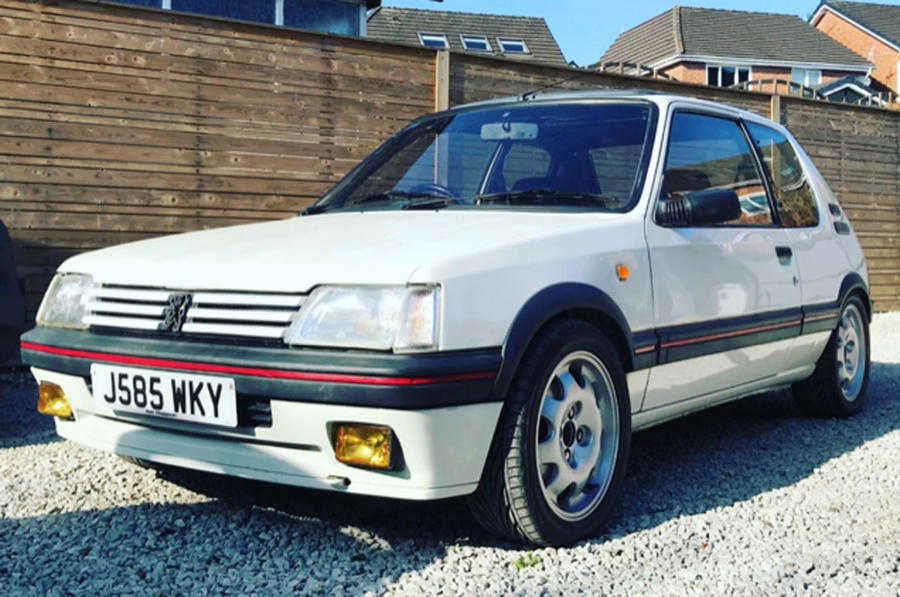
Peugeot 205 GTi 1.6, 1991 (J), 110k miles, £5795: Rust-free, private-sale 1.6 has full history from 72k miles. New bits include a quick-shift kit, alternator and starter motor, branded brake system and suspension, parcel shelf, headlights and refurbed 1.9 alloys.
Read more
Untameables - Honda NSX vs Peugeot 205 GTi vs Ford Sierra RS Cosworth

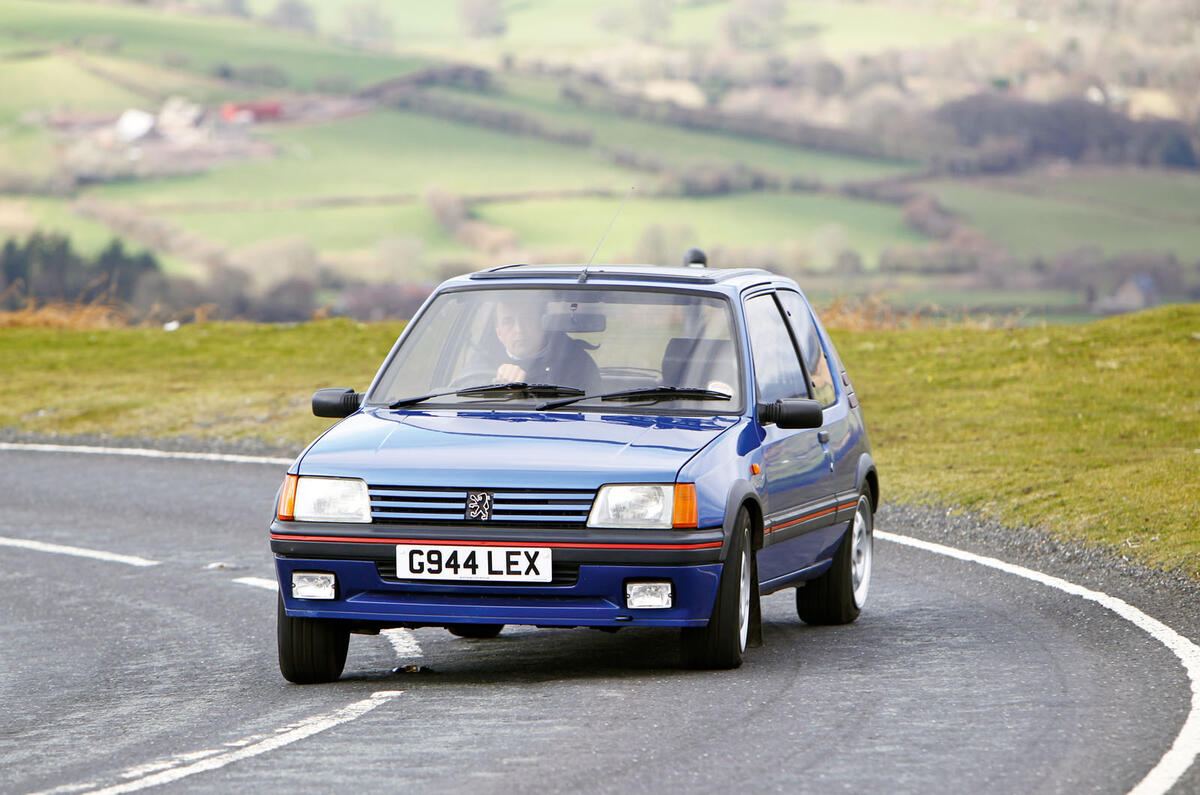
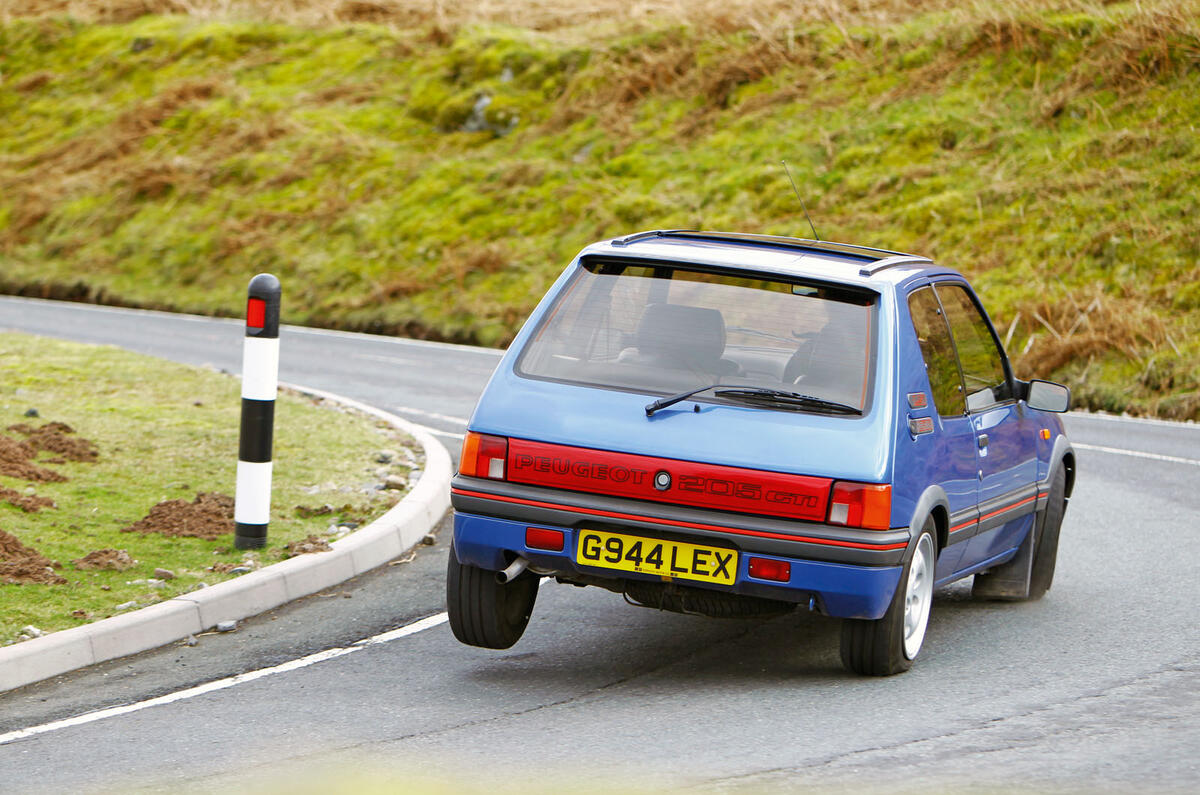
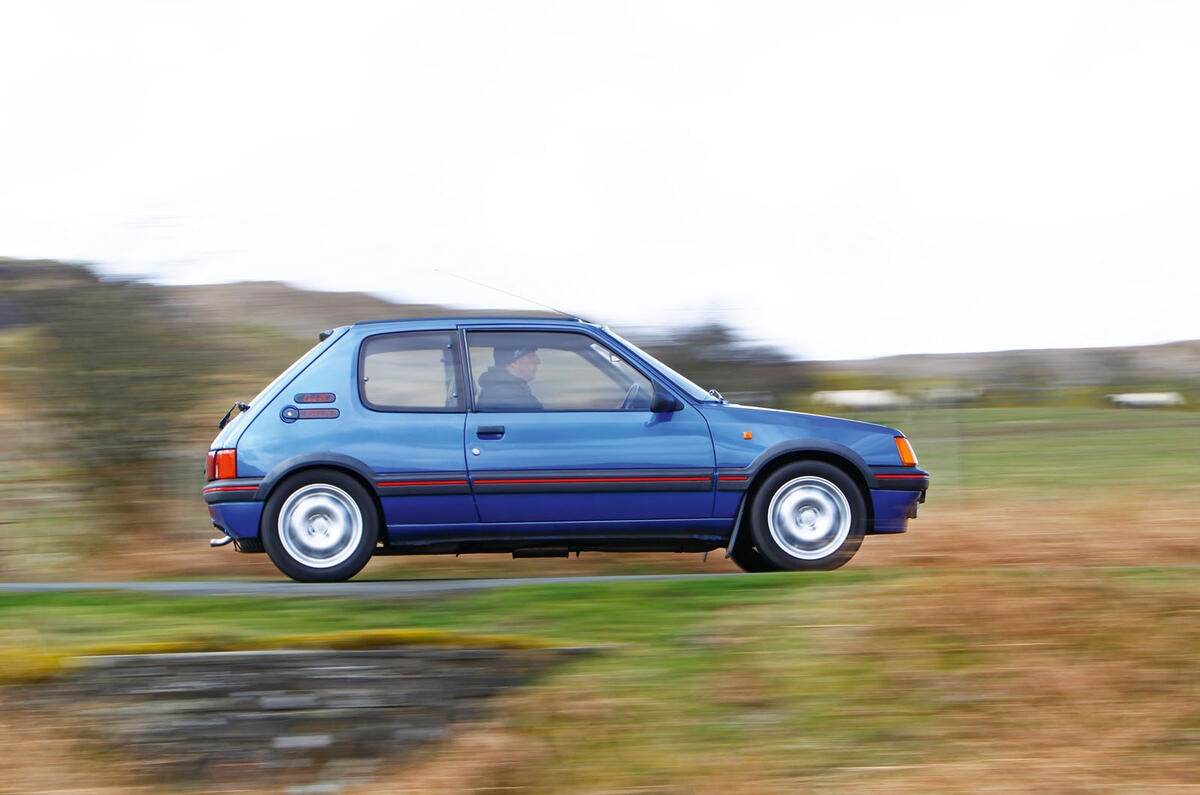


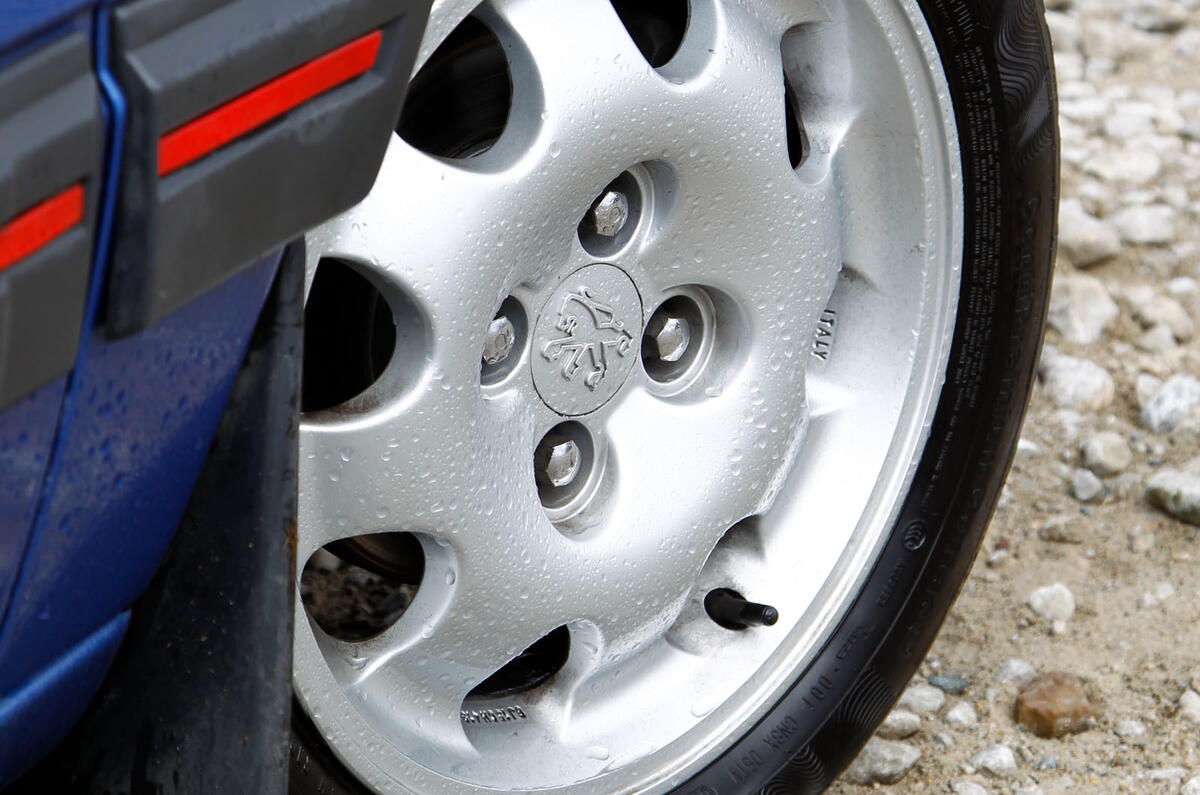
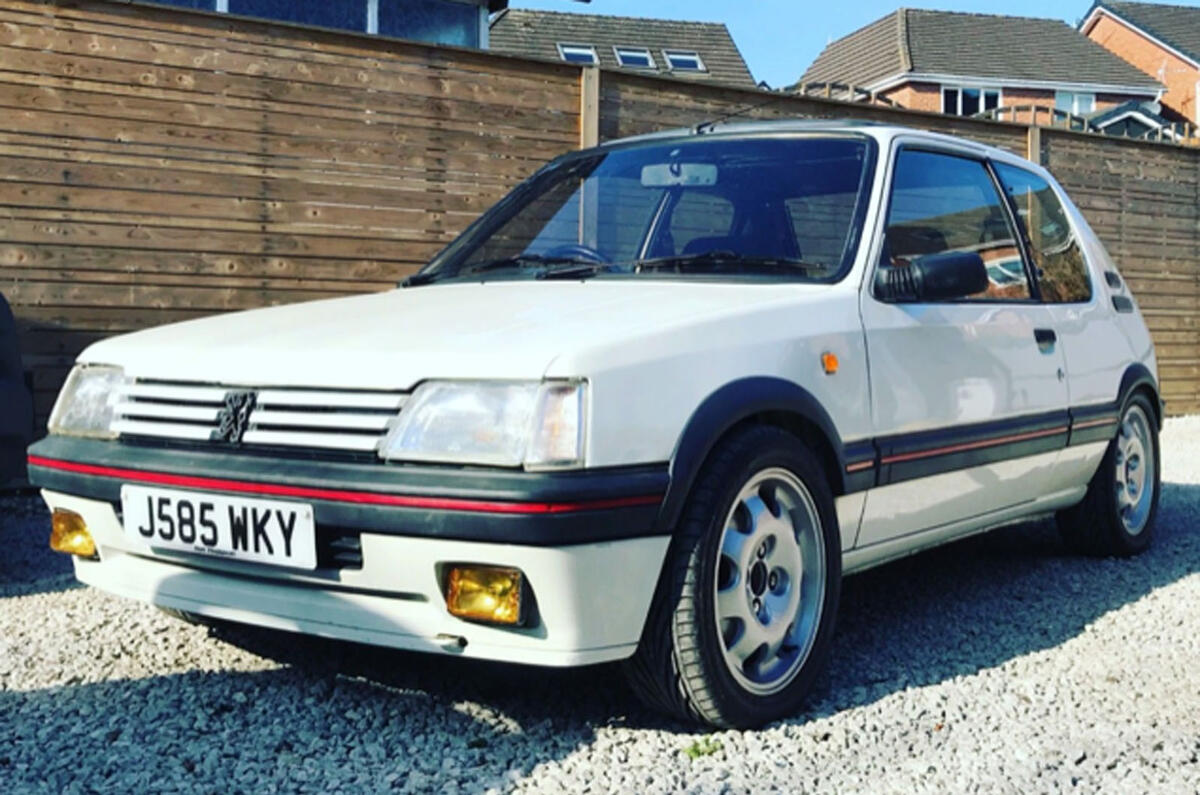



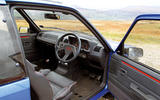
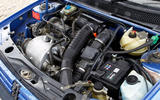




Join the debate
Add your comment
An important car in it's day.
I looked at one at the time and the test drive proved it was up to the positive press comments. It did feel a bit small for my everyday needs and so I bought a 1.9 309 Gti which replaced a mk1 XR3i.
Many cars from the 80's will not, unsurprisingly, meet today's expected standards of build and quality feel but it does miss the point.
A 205 has little of a modern cars ability to mask performance and a connected, seat of the pants, feel. You either appreciate that or not.
As a weekend car a nice 205 Gti or similar should provide an entertaining, and possibly educational, ride.
How refreshing...
to read this article about actually having fun in a car, rather than another e-SUV.
I'm a committed 205 fanatic, having owned, restored, modified and tracked many over the years.
Fabulous cars with a dedicated following, still usable today.
As for the Golf-fans claiming they are tinny...first thing I look for in a fun hot hatch - build quali...yyaaaawwwwn.
Mature=boring